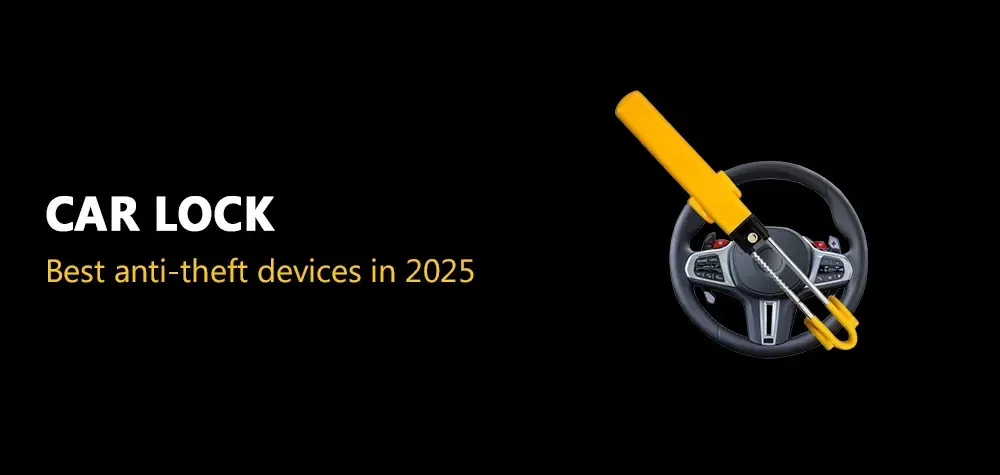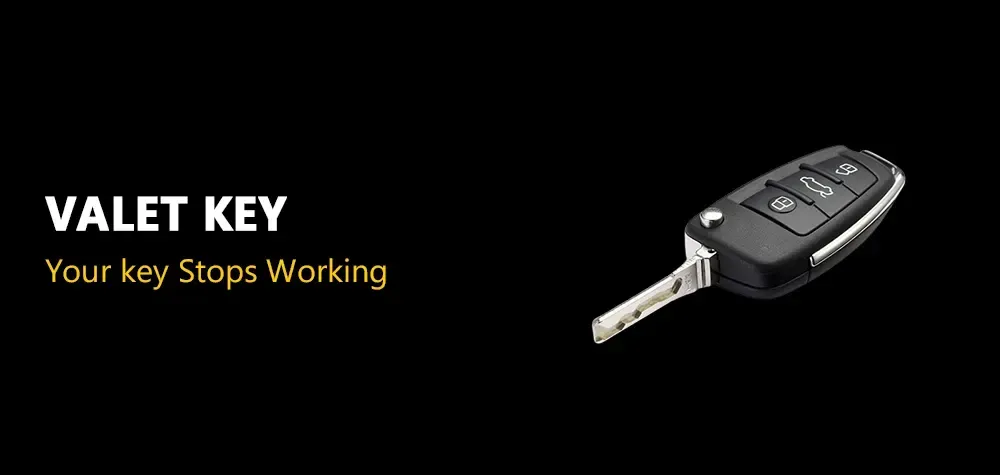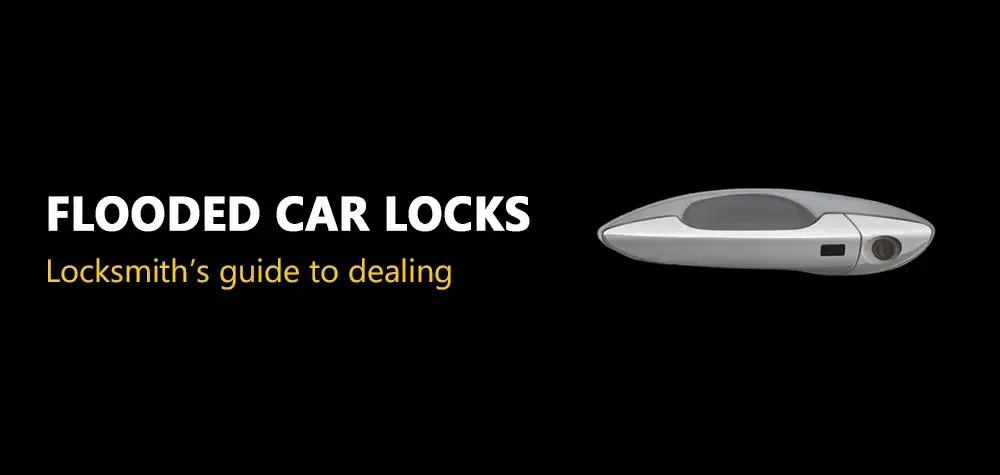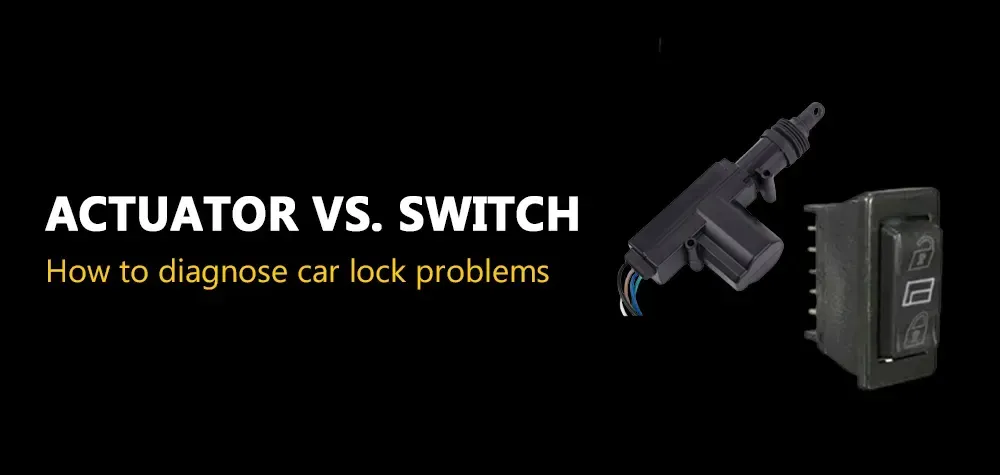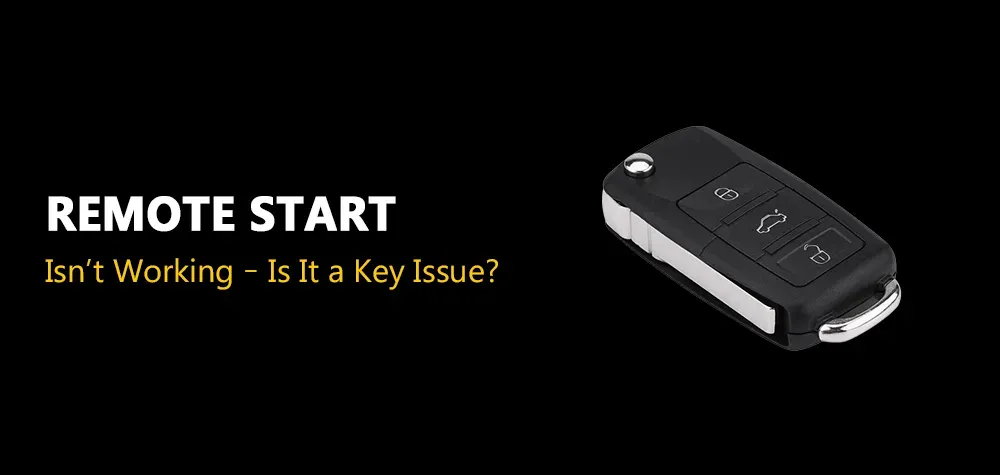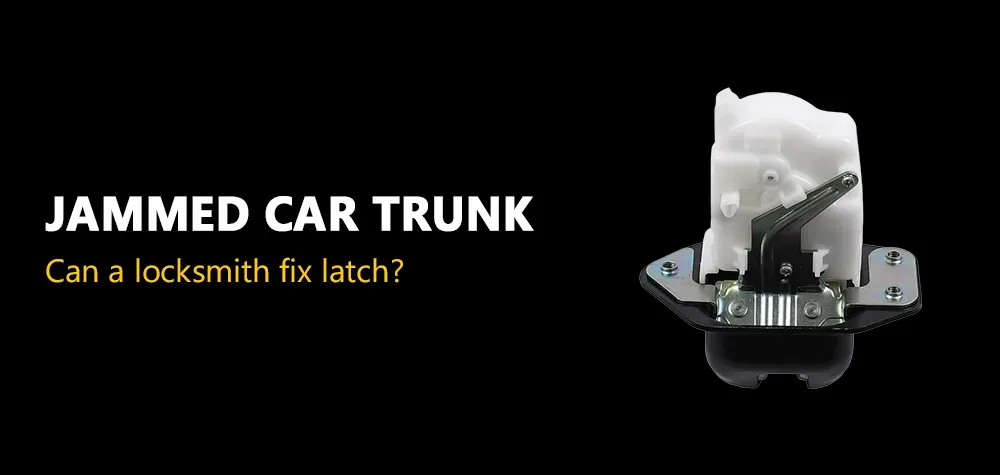5 Ways to Open a Locked Toolbox Without a Key
Misplacing the key to your toolbox can be incredibly frustrating, especially when you need access to your tools quickly. Whether it's for a DIY project, a professional task, or an emergency, being locked out of your toolbox is a major inconvenience. This guide will show you practical and effective methods to open a locked toolbox without a key, ensuring you can get back to work without unnecessary delays.
Read a complete guide on 5 tools you need in car lockout kit!
Key Takeaways
- Picking the Lock: Use a lock picking set (tension wrench and pick) to manipulate the pins inside the lock and open it.
- Using a Shim: Insert a thin piece of metal between the shackle and the lock body to disengage the locking mechanism.
- Bumping the Lock: Insert a bump key into the lock, apply turning force, and tap the key with a mallet to force the pins to jump.
- Using a Drill: Drill through the keyhole with a metal bit to destroy the pins, then turn the lock with a screwdriver.
- Bypassing the Lock: Use tools like bolt cutters, a screwdriver, or prying tools to either cut the lock or disassemble the locking mechanism.
Picking the Lock
Tools Needed
- Lock picking set (tension wrench and pick).
Steps to Pick a Lock
First, insert the tension wrench into the bottom of the keyhole and apply slight, consistent pressure to turn the lock. Next, insert the pick into the top of the keyhole and feel for the pins inside. Gently lift each pin with the pick, listening and feeling for a click as each pin sets above the shear line. Maintain steady pressure on the tension wrench throughout the process, adjusting as needed if the pins reset. Once all the pins are set, turn the tension wrench fully to open the lock. This method requires patience and practice, but with the right tools and technique, you can successfully pick the lock on your toolbox.
Using a Shim
Tools Needed
- Thin piece of metal, like a strip from a soda can or a professional shim.
Steps to Use a Shim
Cut a thin strip from the metal, ensuring it's about the width of the lock's shackle. Insert the shim between the shackle and the body of the lock. Wiggle and push the shim downwards to disengage the locking mechanism. This should release the shackle and open the lock. Using a shim can be a quick and effective method, but it requires a bit of dexterity and the right thickness of metal to work properly.
Read more about How to get a car key made without the original!
Bumping the Lock
Tools Needed
- Bump key
- Mallet or similar tool
Steps to Bump a Lock
To start, insert the bump key into the lock as far as it will go. Apply slight turning force to the key, similar to how you would with a regular key. With the key under tension, use the mallet to gently tap the end of the bump key. This action causes the pins inside the lock to jump to the shear line temporarily. If done correctly, this will allow the lock to turn and open.
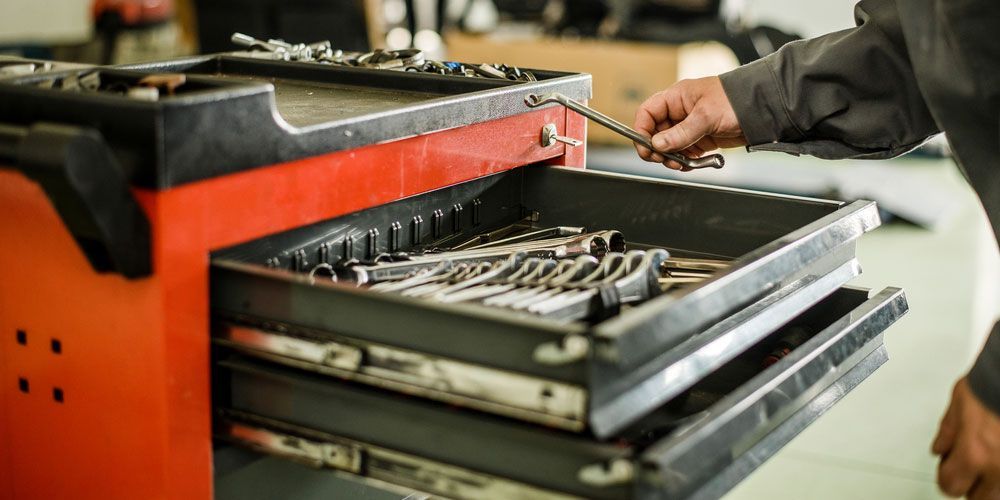
Using a Drill
Tools Needed
- Drill with a metal bit
Steps to Drill a Lock
Select a drill bit that matches the size of the lock's keyhole. Position the drill bit into the keyhole and start drilling. The goal is to drill through the pins inside the lock, destroying them in the process. Apply steady pressure and continue drilling until you feel the pins break. Once the pins are drilled out, insert a screwdriver into the keyhole and turn it to open the lock.
Using a drill is a straightforward but destructive method, so it should be considered a last resort if other methods fail or are not suitable.
Bypassing the Lock
Tools Needed
- Screwdriver
- Bolt cutters
- Prying tools (depending on the lock type)
Steps to Bypass the Lock
For a padlock, use bolt cutters to cut through the shackle. If the lock mechanism is held by screws, use a screwdriver to remove them and take apart the lock. In some cases, prying tools can be used to leverage the locking mechanism open. This method is often quick but can damage the lock or the toolbox, so it should be used when other non-destructive methods are not an option.
Conclusion
Losing the key to your toolbox can be a major inconvenience, but there are several methods you can use to regain access without it. From picking the lock with a tension wrench and pick, using a shim to disengage the locking mechanism, bumping the lock with a bump key, drilling through the lock, or bypassing it with bolt cutters or a screwdriver, each method has its own set of tools and steps. Always consider the potential for damage and ensure you have the right to open the toolbox. With the right approach and tools, you can overcome this obstacle and get back to your projects without unnecessary delays. Share your experiences or any additional tips in the comments to help others facing similar issues.
Call Us Any Time!

